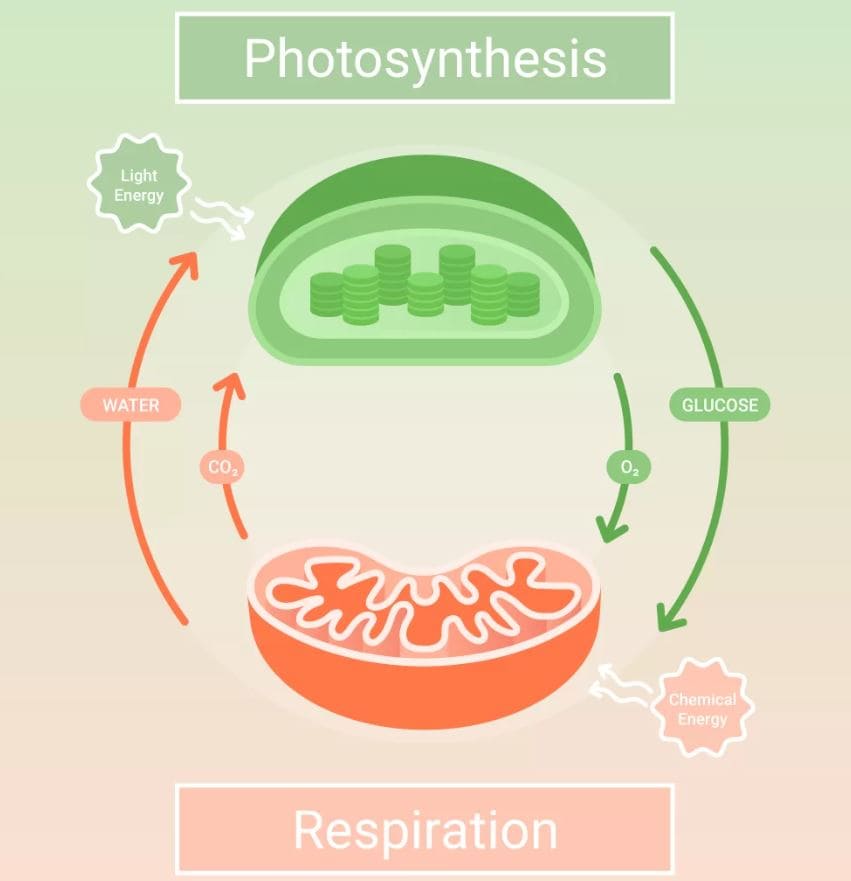Introduction
There exist several energy conversion mechanisms that use cellular respiration. Such mechanisms include glycolysis, tricarboxylic acid cycle, and oxidative phosphorylation. In this case, glycolysis allows for the conversion of glucose into energy through the use of two molecules of pyruvate, producing adenosine triphosphate (ATP) molecules. The tricarboxylic acid cycle happens through the oxidation of acetyl coenzyme A from carbohydrates and proteins to provide energy in the mitochondrial matrix. Oxidative phosphorylation is a cellular respiration process that produces energy by converting pyruvate molecules to ATP. Energy conversion mechanisms of glycolysis, tricarboxylic acid cycle, and oxidative phosphorylation apply cellular respiration principles to generate energy from food components, such as carbohydrates, proteins, and fatty acids.
Glycolysis
Glycolysis is the first cellular respiration step of energy conversion systems, and it allows for the conversion of glucose to energy. For example, the process enables glucose to be catabolized into two molecules of pyruvate, nicotinamide adenine dinucleotide hydrogen (NADH) and ATP (Rabinowitz & Enerbäck 2020, p. 567). Then, NADH is used to reduce pyruvate into lactate during fermentation, resulting in a net yield of two lactate and ATP molecules per glucose. Therefore, the cellular respiration step of glycolysis converts glucose into pyruvate, NADH, and ATP molecules to provide energy.

The Tricarboxylic Acid Cycle
The tricarboxylic acid cycle is the next step of cellular respiration in energy conversion systems, and it generates heat through the oxidation of acetyl coenzyme A (CoA), which is derived from carbohydrates, proteins, and fatty acids. For instance, CoA produced through the breakdown of food components forms citrate by combining with oxaloacetate, which plays a critical role in the histone acetylation in the mitochondrial nucleus (Choi, Son & Baek 2021, p. 3). Hence, the tricarboxylic acid cycle generates energy by converting CoA, which is synthesized from carbohydrates, proteins, and fatty acids, to generate heat by combining with oxaloacetate.
Oxidative Phosphorylation
The step of oxidative phosphorylation in cellular respiration refers to the metabolism of oxidative fuels, such as pyruvate, through the tricarboxylic cycle, leading to the re-synthesis of ATP through ATP synthase and electron transport chain (ETC) actions. In this case, ETC consumes oxygen and pumps protons out of the mitochondrial matrix, resulting in the buildup of electrochemical proton gradients and neuronal stimulations that produce consumption energy (Yellen 2018, p. 2240). The processes that produce NADH correspond with metabolic responses, and the mitochondrial proton driving forces convert adenosine diphosphate to ATP molecules for energy. Therefore, oxidative phosphorylation converts pyruvate through the tricarboxylic cycle to re-create ATP molecules to provide energy for consumption.
Conclusion
Energy conversion mechanisms of oxidative phosphorylation, tricarboxylic acid cycle, and glycolysis generate heat energy through cellular respiration for eukaryotic consumption. Firstly, oxidative phosphorylation synthesizes ATP through ETC processes in the mitochondrial matrix to provide energy. Then, the tricarboxylic acid cycle converts food components, such as carbohydrates, to energy using CoA enzymes. Lastly, the oxidative phosphorylation mechanism separates glucose into two NADH molecules, such as pyruvate and ATP, which can easily break down to energy when needed. Therefore, various energy conversion mechanisms can be used to get energy through cellular respiration processes.
Reference List
Choi, I., Son, H & Baek, J 2021, ‘Tricarboxylic acid (TCA) cycle intermediates: Regulators of immune responses’, Life, vol. 11, no. 1, pp. 1-19, viewed 11 July 2023, DOI:10.3390/life11010069.
Rabinowitz, JD & Enerbäck, S 2020, ‘Lactate: The ugly duckling of energy metabolism’, Nature Metabolism, vol. no. 7, pp. 566-571, viewed 11 July 2023, DOI:10.1038/s42255-020-0243-4.
Yellen, G 2018, ‘Fueling thought: Management of glycolysis and oxidative phosphorylation in neuronal metabolism’, Journal of Cell Biology, vol. 217, no. 7, pp. 2235-2246, viewed 11 July 2023, DOI:10.1083/jcb.201803152.


